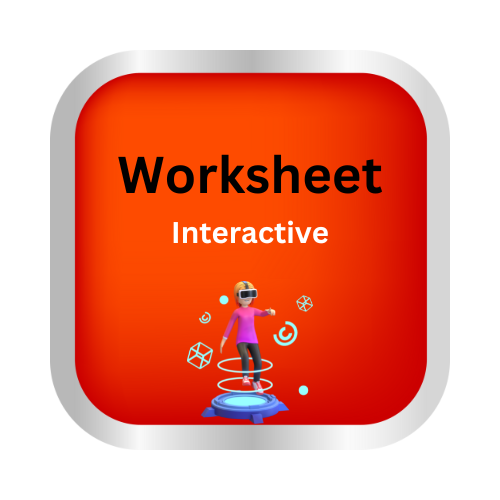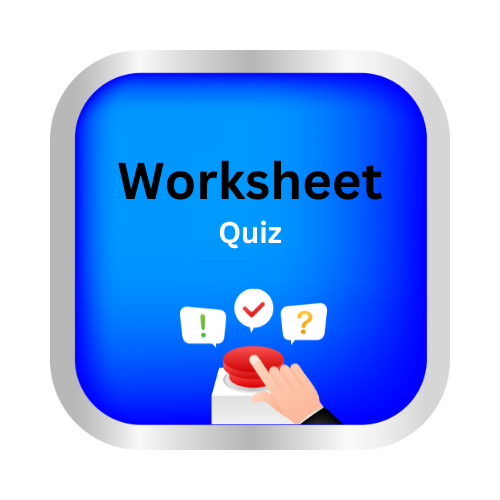Use dashes
Key Notes :
✨📚 Use Dashes (—) 📚✨
| 🔹 What is a Dash? |
A dash (—) is a long horizontal line used in writing.
- 👉 It is longer than a hyphen (-) and has special uses in sentences.
| 🔹 Uses of Dashes |
✅ To show sudden breaks in thought 💭
- Example: I was going to the park — oh wait, it’s raining! 🌧️
✅ To add extra information (like parentheses, but stronger) 📖
- Example: My brother — the one who plays cricket 🏏 — won the match.
✅ To create emphasis 🌟
- Example: There’s only one thing I love more than books — teaching! 📚👩🏫
✅ To show a list after a statement 📝
- Example: She packed everything for the trip — clothes, snacks, games, and books. 🎒
| 🔹 Difference: Dash vs Hyphen |
- 👉 Hyphen (-): joins words (e.g., mother-in-law, twenty-one).
- 👉 Dash (—): separates or emphasizes ideas in sentences.
| 🔹 Tips for Using Dashes ✍️ |
- ✨ Don’t overuse them — too many can make writing messy!
- ✨ Use them when you want to interrupt, add, or emphasize.
- ✨ Remember: a dash is not the same as a hyphen.
| 🎉 Fun Reminder |
Think of a dash (—) as a dramatic pause 🎭 in your writing — it grabs attention and makes readers stop for a moment. ⏸️👀
| ✅ Quick Practice: |
- She was excited — maybe too excited — about her new phone. 📱
- I need three things — water, food, and rest. 🥤🍎😴
let’s practice!

